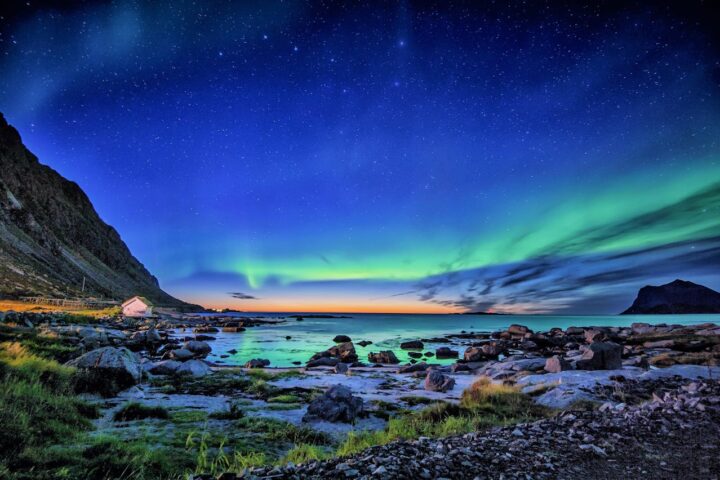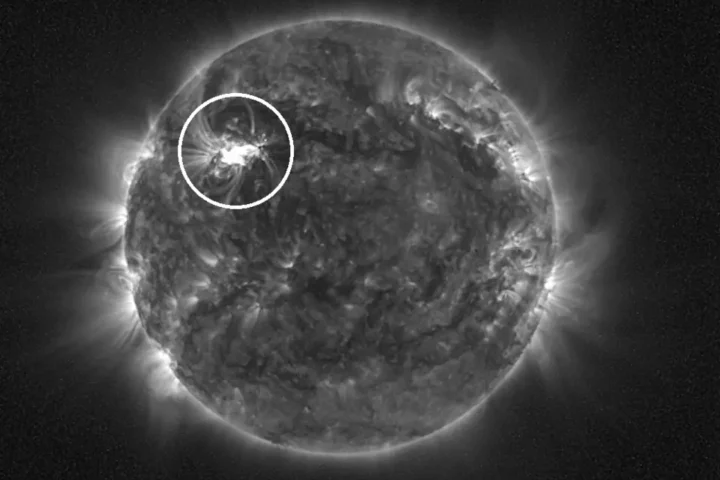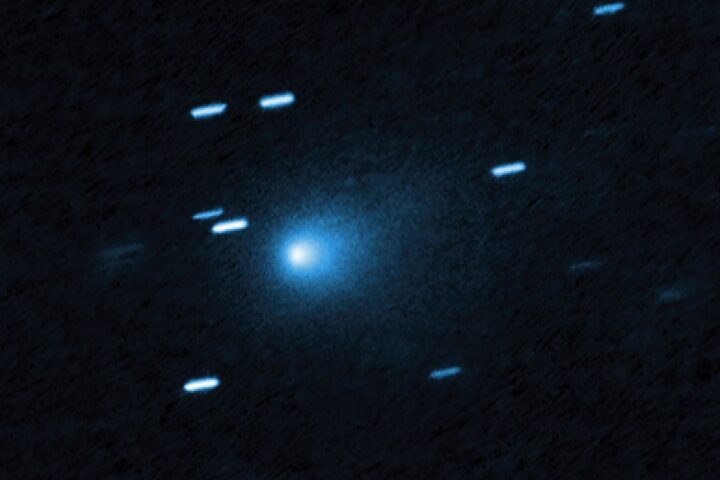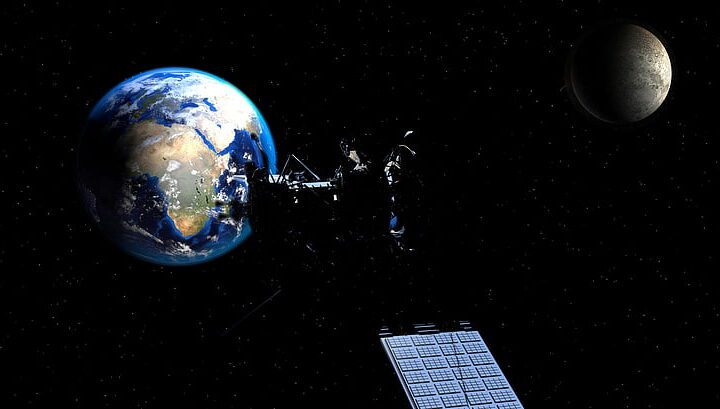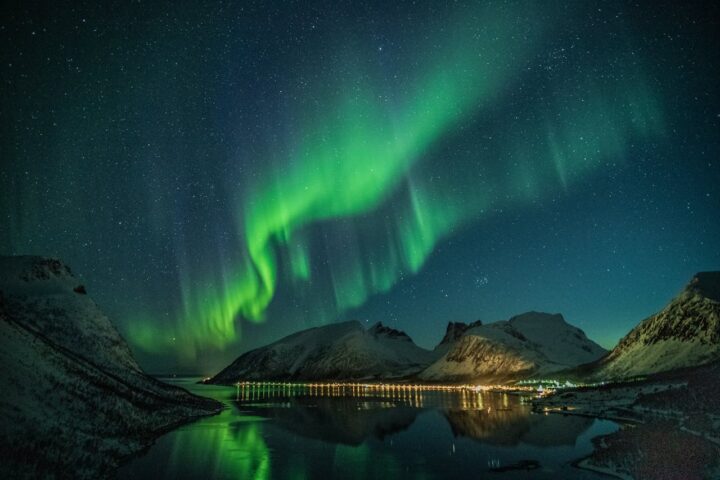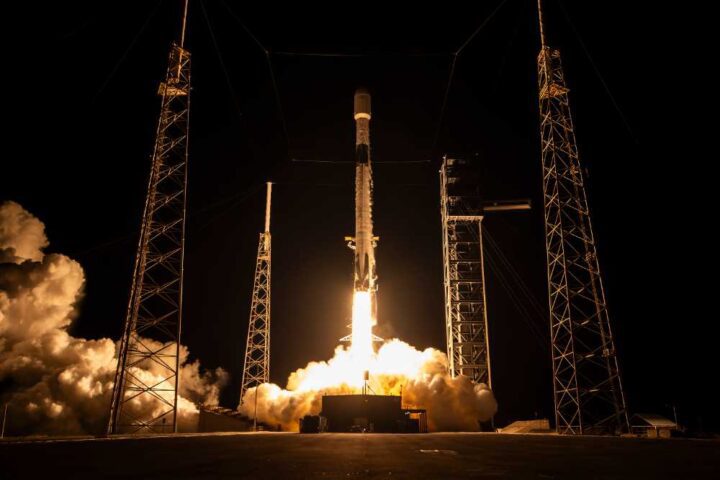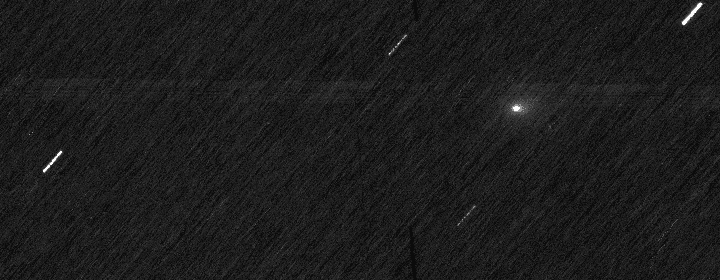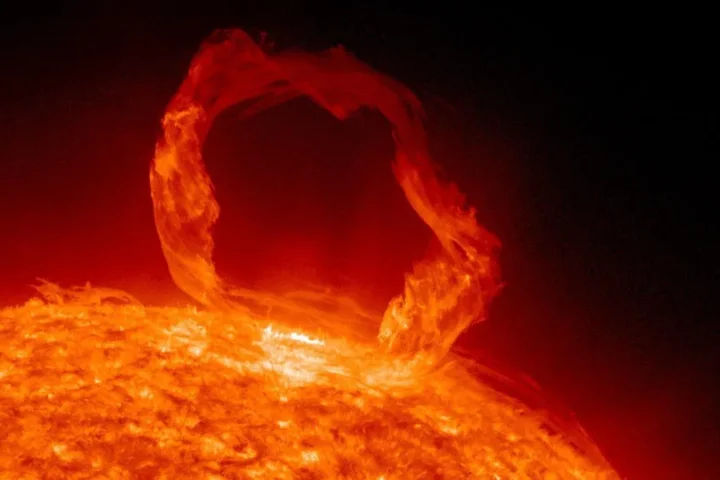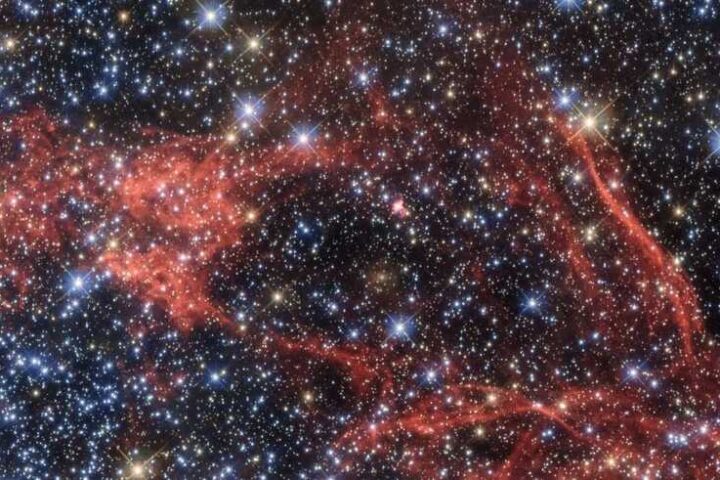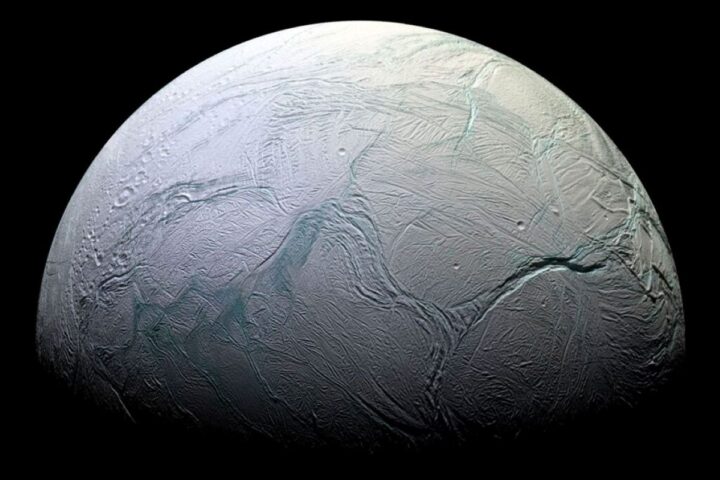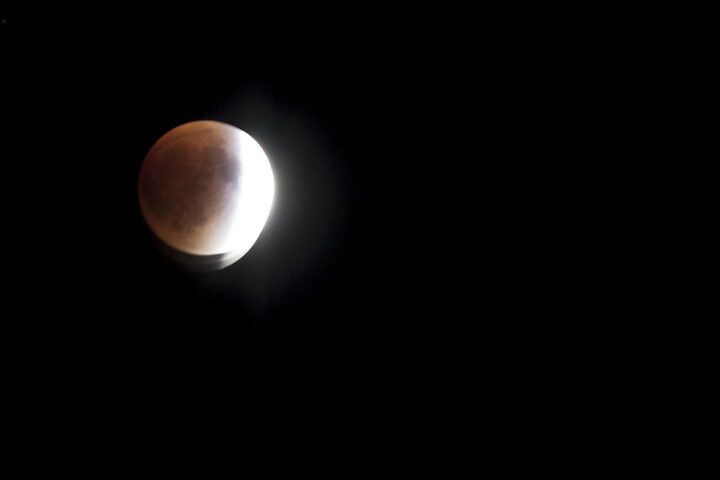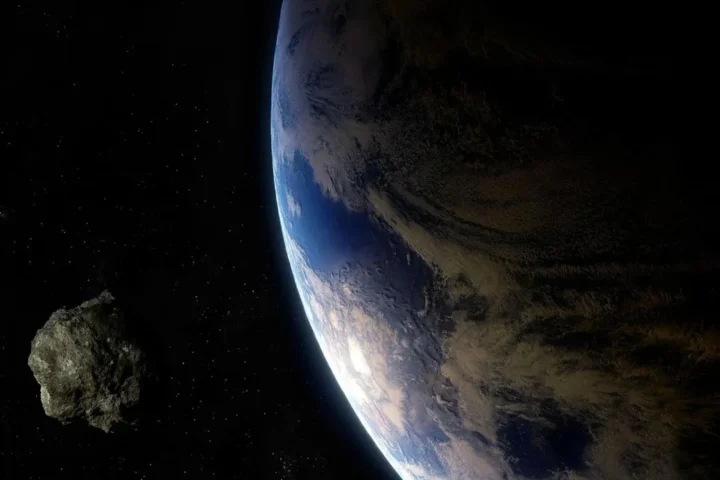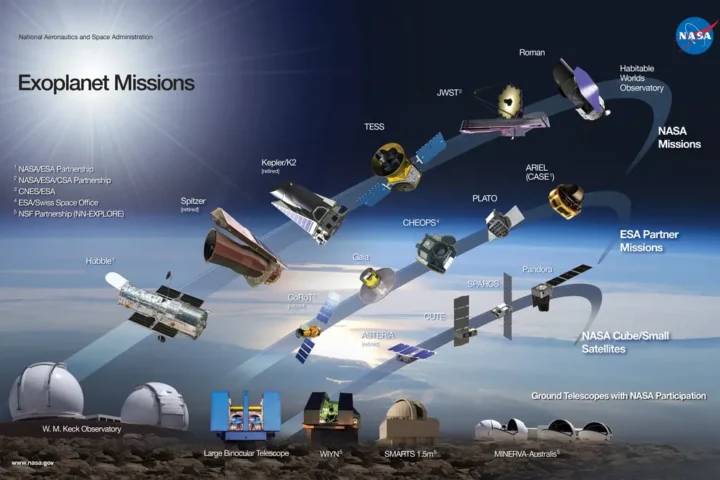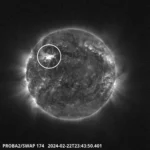The sky over Massachusetts has been lit up by a string of bright lights, which many people may have initially thought to be unidentified flying objects (UFOs). However, these lights were actually Starlink satellites launched by SpaceX, the company owned by Elon Musk.
While many people found the sight of the satellites to be fascinating and awe-inspiring, others were concerned about the impact they may have on astronomy and the environment. Experts have pointed out that these satellites can potentially obstruct astronomical observations and overcrowd space, increasing the risk of satellite collisions. Moreover, they can create streaks in images of space, which can ruin the observations of astronomers.
Despite these concerns, the Starlink satellites are designed to provide worldwide internet access, particularly in rural and remote areas that have limited internet connectivity. They are also much closer to the Earth than traditional geostationary satellites, which means that there is a much lesser delay in communications.
The Starlink satellites are part of an array that will eventually consist of approximately 12,000 satellites, which will help to provide internet access to people all over the world. While this is undoubtedly a significant achievement, it is also important to consider the potential negative impact that these satellites may have on the environment and the night sky.
- HVAC carbon filter achieves 92.1% efficiency while cutting building energy costs 21.6%
- Fish gill filter catches 99.6% of microplastics washing machines send into sewage systems
- How Credit Applications Affect Your Credit Score
- 57 wind blades turn car park façade in Europe’s first turbine-built facility
- Building a Healthier Narrative
If you missed the lights on Monday and Tuesday, you still have a chance to see them on Wednesday and Thursday. The satellites are expected to be visible over Boston at specific times, and if the sun is positioned just right, they can be seen in the night sky. While these sightings are undoubtedly a fascinating and awe-inspiring sight, it is important to be mindful of the impact that these satellites may have on the environment and astronomy.


